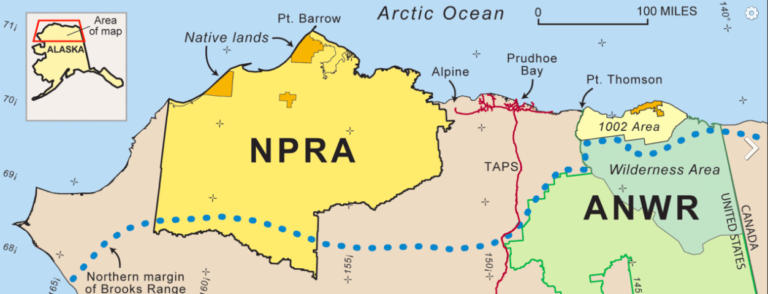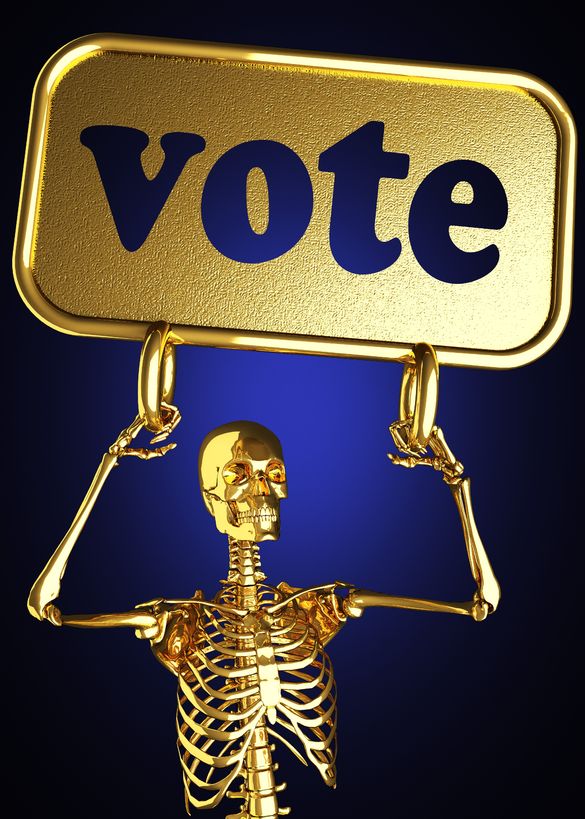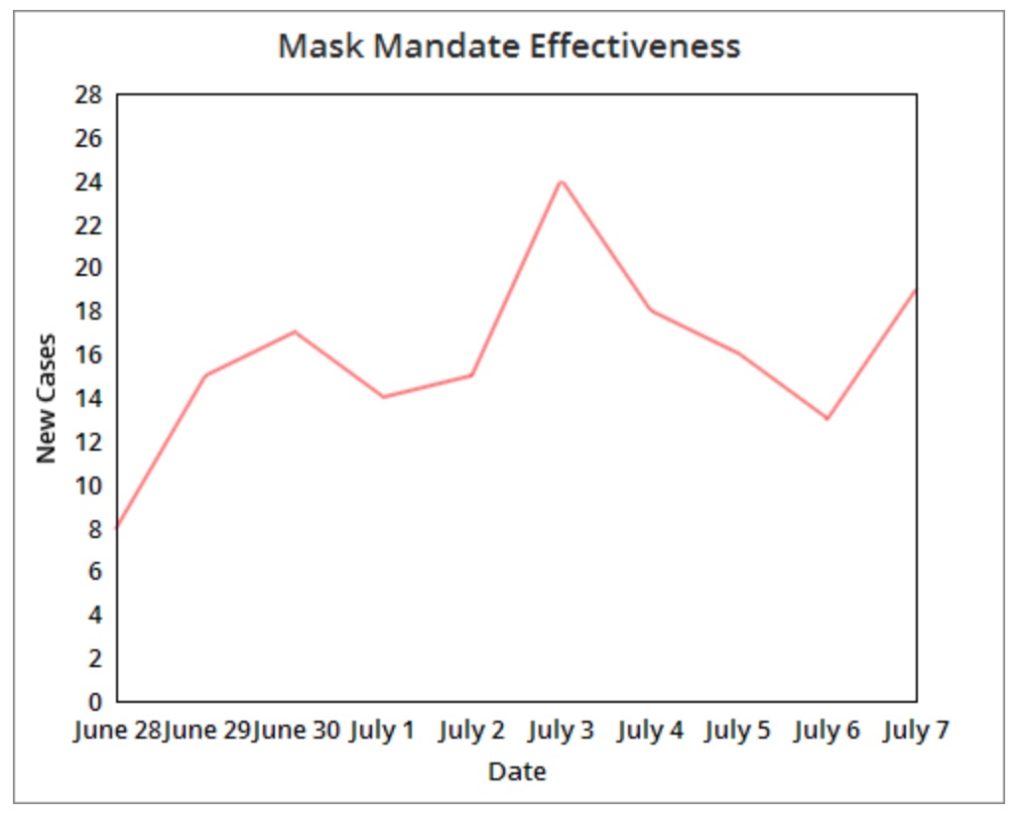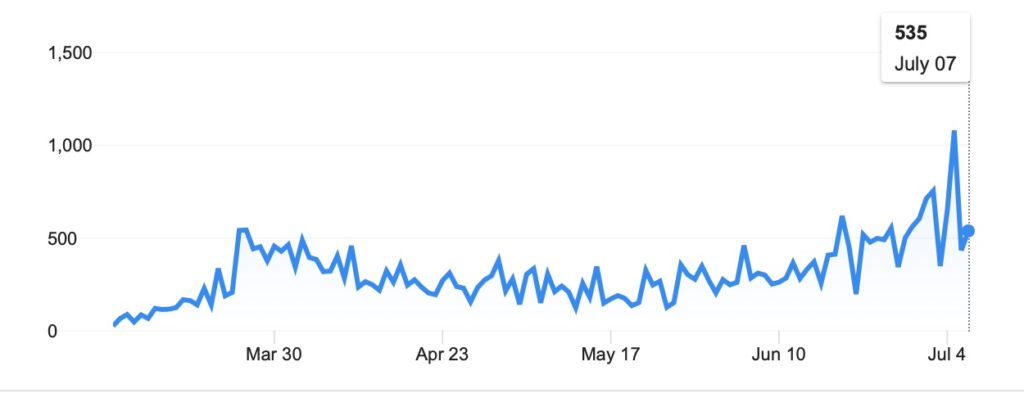By THE ANCHORAGE DAILY PLANET
The news was not unexpected and the headline in the ADN no surprise: “One year in, the recall campaign against Gov. Mike Dunleavy has slowed.”
It seems the poorly conceived effort to recall Dunleavy, which got underway before the ink on his oath of office was dry, is losing steam because of coronavirus restrictions and other pressures.
It is no real surprise, we suppose. There are myriad reasons to oppose a recall – or simply losing interest in it – based on sins mostly imagined, but the one that does it for us? The campaign’s continued secrecy about its financial backers.
Alaskans are being asked to unseat a governor — reverse a legitimate democratic election — without being told who actually is asking, or who is paying for the effort.
Somebody is forking out wads of dough for signature-gathering, research and public relations firms, surveys, lawyers and who knows what else? Recall Dunleavy has had months of court fights all the way to the Alaska Supreme Court. Whose names are on all those checks?
Alaskans may never know. State law allows Recall Dunleavy to collect and spend truckloads of cash from anybody, except foreign interests, without revealing where it came from or went — at least until the recall question wins a spot on the ballot.
Only then, and only if any signature-gathering money is rolled over into a recall election campaign, would backers be forced to report every penny collected and spent since the effort’s beginning. If none of the signature-gathering money ends up in the election campaign, Alaskans might never know who paid the bills.
When it comes to removing a duly elected official from office, that simply is not good enough. You have to ask: Would Alaskans ever have signed the petitions if they knew who was underwriting the effort?
We do not have a clue, but perhaps Recall Dunleavy does not think so.










